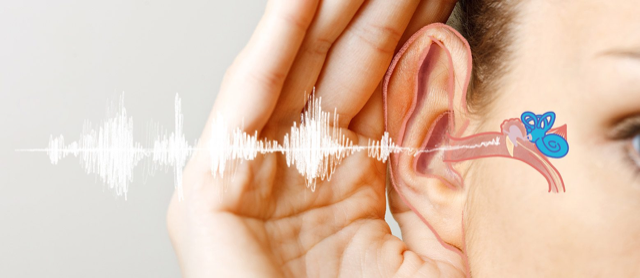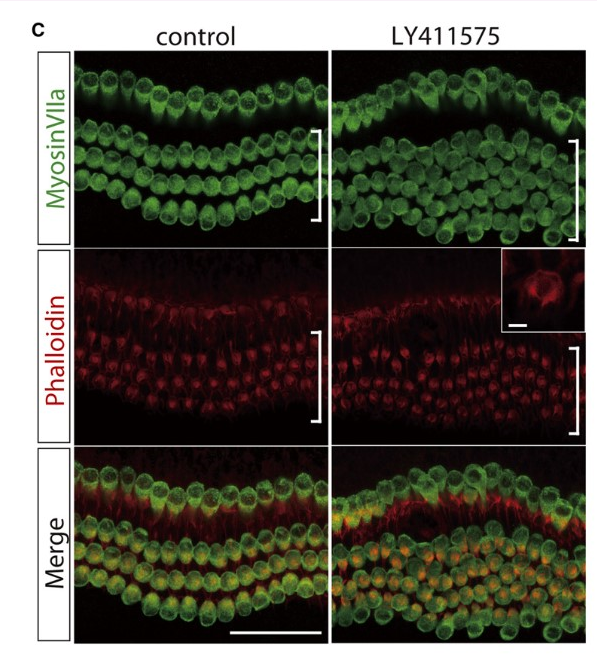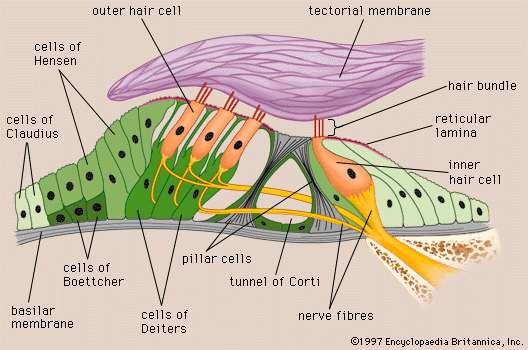By Soyoung Kim
Have you ever imagined that you cannot hear anything, all of a sudden? You would no longer enjoy a thrilling musical concert, and might have to give up other routine activities of a normal life. Although hearing loss does not directly cause death, it can diminish the quality of life to a considerable degree.
As the life expectancy of human beings keeps increasing, hearing problems of the elderly are becoming an increasing cause of concern. About 466 million people—or 5 percent of the world’s population—experience auditory problems according to the World Health Organization. In addition, hearing loss can be a contributing factor in mental disorders since good hearing enables healthy communication between people.

Damaged hair cells in your inner ear can lead to hearing loss. Regenerative medicine can be used to restore the damaged hair cells, but has limitations when they are completely destroyed. Non-mammals can repair their hair cells naturally by themselves, raising the possibility of regenerating hair cells in mammals, specifically humans. So far, several methods of triggering regeneration have been attempted, such as overexpression of transcription factor Atoh1, or notch inhibition; however these methods have fallen short of effecting a perfect recovery.
It was an interest in sign languages that initially awakened my curiosity about hearing problems. I have even volunteered for a research project on how to improve sign language, in hopes of contributing to finding a better treatment for hearing loss as soon as possible.
Although hearing entails a basic ability to respond to stimuli from ear to brain, the ear is a complex and sensitive organ. There are three major parts of the ear: the outer ear, the middle ear, and the inner ear. In the outer ear, the external auditory canal transfers sound vibrations toward the tympanic membrane. Then, in the middle ear, the vibrations are transmitted from the tympanic membrane to the oval membrane through ossicles, malleus, incus, and stapes, which interact with the membrane. Lastly, sound is processed by the two main parts of the “inner ear,” namely, the vestibule and cochlea.
Of these two structures, the cochlea plays the most significant role. The cochlea allows the vibrations to transfer from the nerve impulses to the brain, which allows us to actually identify the sound. Moreover, sound vibration induces the opening of the potassium ion channels, activating the inner hair cells (IHCs). At the same time, the outer hair cells (OHCs) interact with the tectorial membrane, which amplifies the stimulus.
Hearing loss caused by exposure to loud sounds or toxic medications leads to a decrease in inner hair cells. In order to regenerate them, medications, specifically LY411575 and FX-322 might be used to heal the damaged hair cells. LY411575 successfully induces hair cell differentiation and seems to be more effective on the outer hair cell. FX-322 showed a growth of inner hair cells through the regeneration of progenitor cells, yet it could not improve the outer hair cells. The FX-322 drug will remain in the process of test confirmation in 2021. A phase 2a and 1b study will result in data analysis which could improve the endpoint of future research.
As many scientists continue their studies, I hope that in a few years, a successful and effective treatment will be developed for those who have hearing disabilities, offering them a better quality of life.

